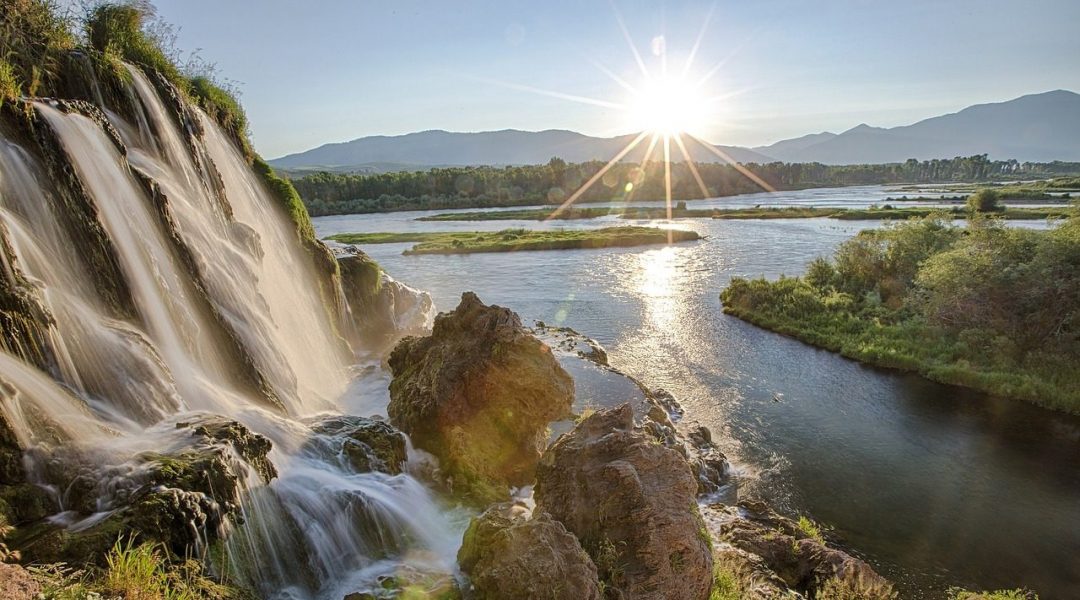Waterbodies such as oceans, lakes, rivers and aquifers represent large reserves of thermal energy, which can be used to heat or cool nearby buildings and infrastructure. This energy source is renewable, local, and reliable. Its use contributes to reduce consumption of fossil fuels and hence emissions of CO2, and increases energy independence in many regions. In the current context of energy transition, this scarcely exploited energy reserves are gaining interest throughout the world.
Using waterbodies for heating or cooling involves the discharge of water at an altered temperature into aquatic systems (thermal discharge). Discharged water is warmer if it was used for cooling (e.g., by a thermal power plant), and colder if it was used for heating (e.g., by a residential neighborhood in winter). Researchers at the Swiss Federal Institute of Aquatic Science and Technology (Eawag) reviewed the physical and ecological impacts of thermal discharge in lakes and rivers.
The study published in WIREs Water found that, in many cases, impacts are observed locally (i.e., directly around the thermal discharge), where the temperature alteration is greatest: for example, sensitive species avoid the discharge area. At larger scales, impacts are often not measurable or difficult to disentangle from other factors. However, intense thermal discharge could affect key processes such as seasonal mixing (in lakes) or fish migration (in rivers). Warming in summer is particularly critical, as many aquatic ecosystems are already under stress due to climate warming.
The researchers conclude that waterbodies offer a substantial source of thermal energy in water-rich regions; however, judicious management and supportive policies are required to prevent negative impacts on aquatic ecosystems, including cumulative effects from multiple uncoordinated uses.
More information on the project website: https://thermdis.eawag.ch
Kindly contributed by Adrien Gaudard.

















